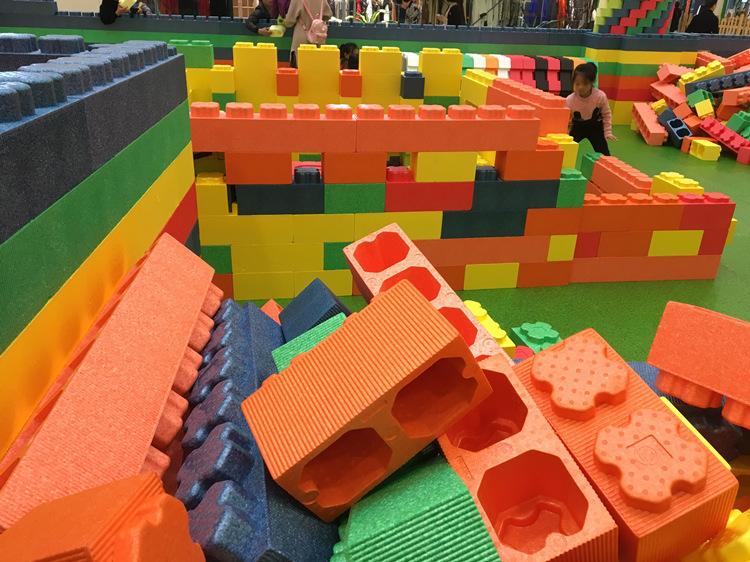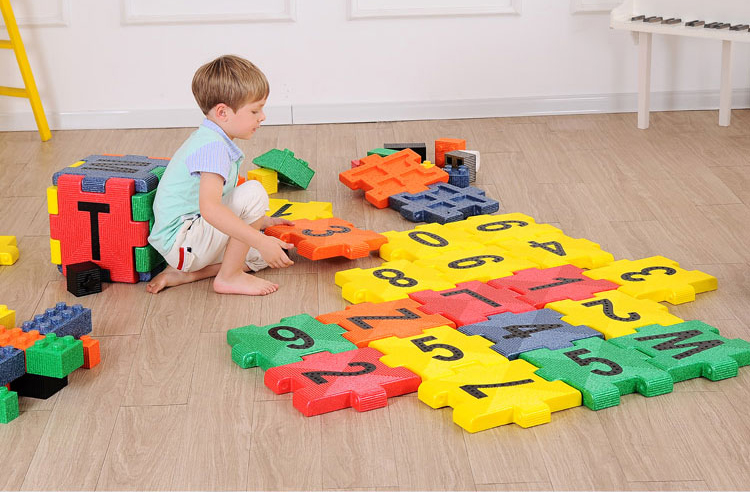1. Mold opening: The design team has designed a unique EPP building block shape through continuous research and practical exploration.
2. Filling: EPP raw materials are blown in from the feeding port with high-speed wind to ensure that the air outlet is unobstructed, and the air output is greater than the air intake, so that the raw materials are filled everywhere in the mold.
3. Heating molding: Seal the mold, add high temperature and high pressure to 3-5 atmospheres to make the air enter the inside of the granular raw material, and then suddenly release the sealing, and the granular raw material is suddenly expanded and formed under the action of high pressure. After molding, it needs to be heated again to melt the surface of each foamed particle, and then cooled, so that all the particles are bonded together and become one.
4. Cooling: After the steam is introduced, the temperature inside the mold will generally reach 140 °C, and the mold temperature will be lowered to 70 °C by spraying cold water, which will shrink the material and facilitate smooth demoulding.
5. Demoulding: As the internal pressure is released and the temperature is lowered to the allowable demoulding temperature, the demoulding operation can be carried out.
6. Drying and shaping: After taking out the material, put it into the oven to bake, so that the water in the material evaporates, and at the same time, the material shrunk by cold water is gradually expanded to the required size.
The whole process of making EPP building block particles belongs to physical foaming without adding any chemical reagent, so no toxic substances will be produced. In the forming process of EPP building blocks, the foaming agent used is carbon dioxide (CO2), and the gas contained in the building blocks is also carbon dioxide. Carbon dioxide is non-toxic and tasteless, which means that EPP building block particles can be environmentally friendly and degradable Non toxic and tasteless reasons!


Post time: Jan-17-2022
